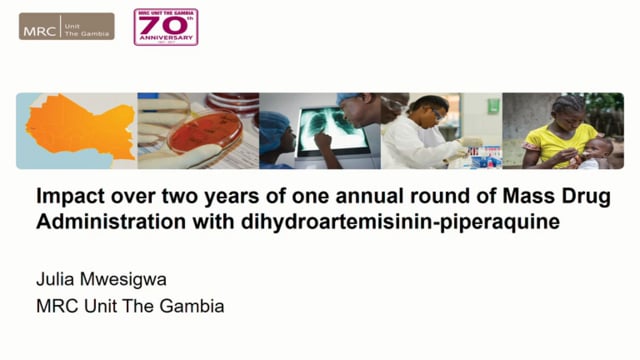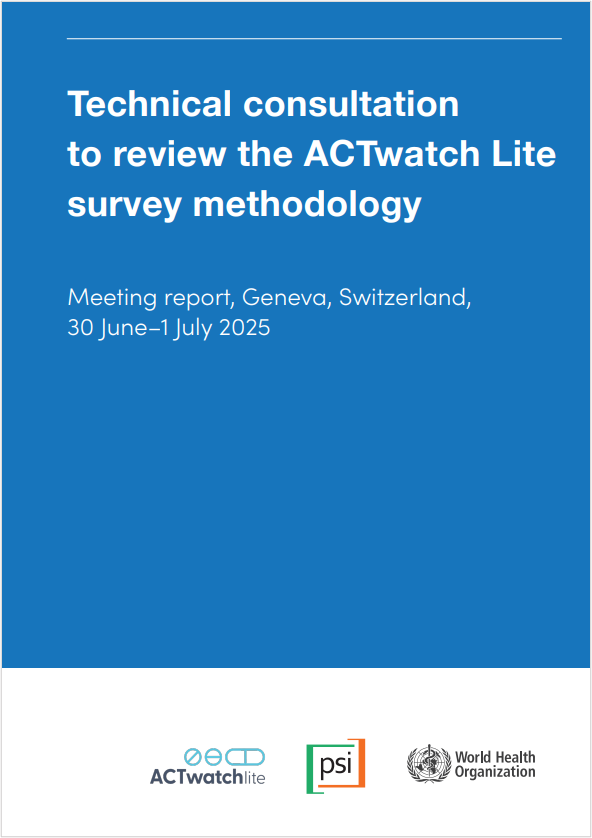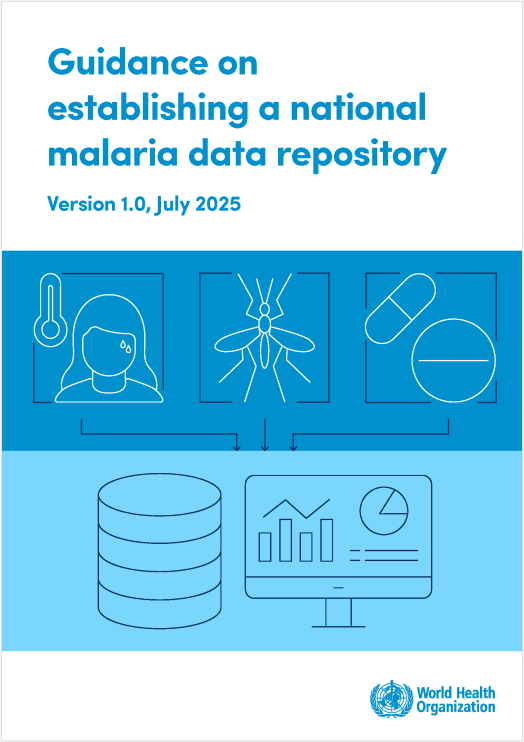ASTMH 2017, Julia Mwesigwa: “Impact of two annual cycles of Mass Drug administration on temporal trends of clinical malaria”
Collaborator(s): Medical Research Council (MRC) Unit The Gambia at the London School of Hygiene and Tropical Medicine, The Gambia
Countries: The Gambia
Published: 07/11/2017
In collaboration with ASTMH, Image Audiovisuals, and session presenters, MESA brings you this webcast from the 66th ASTMH annual meeting in Baltimore, November 2017
Title: “Impact of two annual cycles of Mass Drug administration on temporal trends of clinical malaria”
Speaker: Julia Mwesigwa, Medical Research Council (MRC) Unit, The Gambia
Session information:
Tuesday, 7 November, 4:00 – 5:45 PM, Convention Center – Ballroom III (Level 400)
Abstract:
Though a substantial decline in malaria burden has been observed in The Gambia, areas of on-going transmission still persist in the country. We evaluated the impact of Mass Drug Administration (MDA) on clinical malaria. Residents of twelve villages across The Gambia were enrolled into a prospective cohort were followed up from June 2013 to December 2015. Two rounds of MDA with dihydroartemisinin-piperaquine (DHAPQ) were conducted at the start of the transmission seasons (TS) in June 2014 and May 2015. Follow-up surveys were conducted monthly for 6 months in each TS where finger prick samples were collected for haemoglobin estimation and P. falciparum detection. Clinical malaria was detected by passive case detection during the TS. DHAPQ coverage was 80.9% (3784/4678) in 2014 and 84.3% (4394/5210) in 2015. In 2014 during the first 21 days post MDA, prevalence of clinical malaria was 0.2%, (5/2500) compared to the prevalence at the end of the previous TS in December 2013; 1.75%, (58/3301). P.falciparum individuals at the end of the 2013 TS who took DHAPQ had a higher odds OR=1.94 (95% CI: 1.4 – 2.8) of clinical malaria subsequently in the 2014 TS between August to December. The prevalence of clinical malaria two months post MDA was 0.14%, (5/3549). Following the second annual round in 2015, no case of clinical malaria was detected in the first 21 days post MDA. Only 3 cases (0.1%, 3/2999) were detected two months post MDA, compared to the prevalence in December 2014; 0.4% (12/3135) at the end of the TS. The incidence rate of malaria in 2014 was 0.07 episodes (95% CI: 0.07-0.08) PPY (per person per year at risk) compared to 0.4 episodes PPY (95% CI 0.38-0.39) in 2013. Individuals had a lower risk of developing clinical disease in 2014 compared to 2013, an incidence rate ratio (IRR) = 0.8 (95% CI: 0.68-0.83). In 2015 the incidence rate of clinical malaria was 0.5 episodes PPY (95% C1 0.46-0.52). The risk of developing clinical malaria was higher in 2015 compared to 2013; IRR=1.3 (95% CI: 1.2-1.4). A second annual cycle of DHAPQ is protective from malaria with-in the first 21 days however, single annual MDA with DHAPQ is not sufficient to interrupt transmission of clinical malaria.
THEMES: Drug-based Strategies



